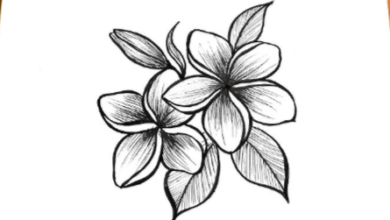Drawing:9qs9xgbv4jo= Head:0993s8dvccw= Skeleton

The process of Drawing:9qs9xgbv4jo= Head:0993s8dvccw= Skeleton of the head is not merely an exercise in accuracy; it serves as a foundation for understanding the complexities of human anatomy. By examining the arrangement of facial bones and their interrelations, artists can capture both the physical form and the emotional depth inherent in skeletal representations. Moreover, the application of shading techniques can transform a flat depiction into a dynamic portrayal. However, the implications of mastering these elements extend beyond technical skill—what narratives might emerge from a deeper exploration of skeletal art?
Importance of Understanding Drawing:9qs9xgbv4jo= Head:0993s8dvccw= Skeleton
Understanding the Drawing:9qs9xgbv4jo= Head:0993s8dvccw= Skeleton is fundamental for anyone engaged in the study of anatomy, art, or biology.
The skeletal framework serves not only as a structural basis but also as a profound source for artistic representation and skeletal symbolism.
Artists and scientists alike can convey complex ideas of life, mortality, and the human condition through a nuanced comprehension of skeletal forms and their meanings.
Read More Drawing:56okyh8o76g= Day of the Dead Skull
Basic Drawing:9qs9xgbv4jo= Head:0993s8dvccw= Skeleton Anatomy Overview
The skeletal system comprises a complex structure of bones, cartilages, and ligaments that collectively provide support and protection for the body’s organs while facilitating movement.
Understanding bone structure is essential for appreciating joint function and the diverse skeletal variations among individuals.
Additionally, muscle attachment points on bones are crucial for effective movement, highlighting the intricate relationship between the skeletal system and muscular function.

Techniques for Drawing Skeletons
A solid grasp of various techniques for drawing skeletons can significantly enhance an artist’s ability to depict the human form accurately.
Utilizing proportional guidelines ensures that each bone is accurately represented, facilitating a realistic portrayal.
Additionally, employing effective shading techniques can add depth and dimension, making the skeleton appear three-dimensional.
Mastering these methods allows artists the freedom to create compelling skeletal illustrations.
Resources for Further Learning
For artists seeking to deepen their knowledge of skeletal anatomy and drawing techniques, a variety of resources are available.
Online tutorials offer interactive experiences, guiding you through essential concepts and practical applications.
Additionally, anatomy books provide in-depth insights and illustrations, serving as valuable references.
Together, these resources empower artists to explore their creativity while mastering the intricacies of skeletal representation.
Read More Drawing:056aoyw74ce= Sketch:Zqogwkk52rw= Rick and Morty
Conclusion
In the realm of Drawing:9qs9xgbv4jo= Head:0993s8dvccw= Skeleton expression, the skeleton serves as a profound symbol of both fragility and resilience. Mastery of skeletal anatomy not only enhances technical skill but also enriches the narrative of life and mortality. Through the meticulous study of the skull and its features, artists can convey deeper meanings, transforming mere representation into a commentary on existence. Thus, the journey of drawing skeletons becomes an exploration of the human condition, bridging the gap between form and profound philosophical inquiry.






